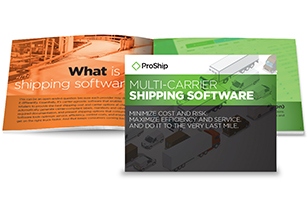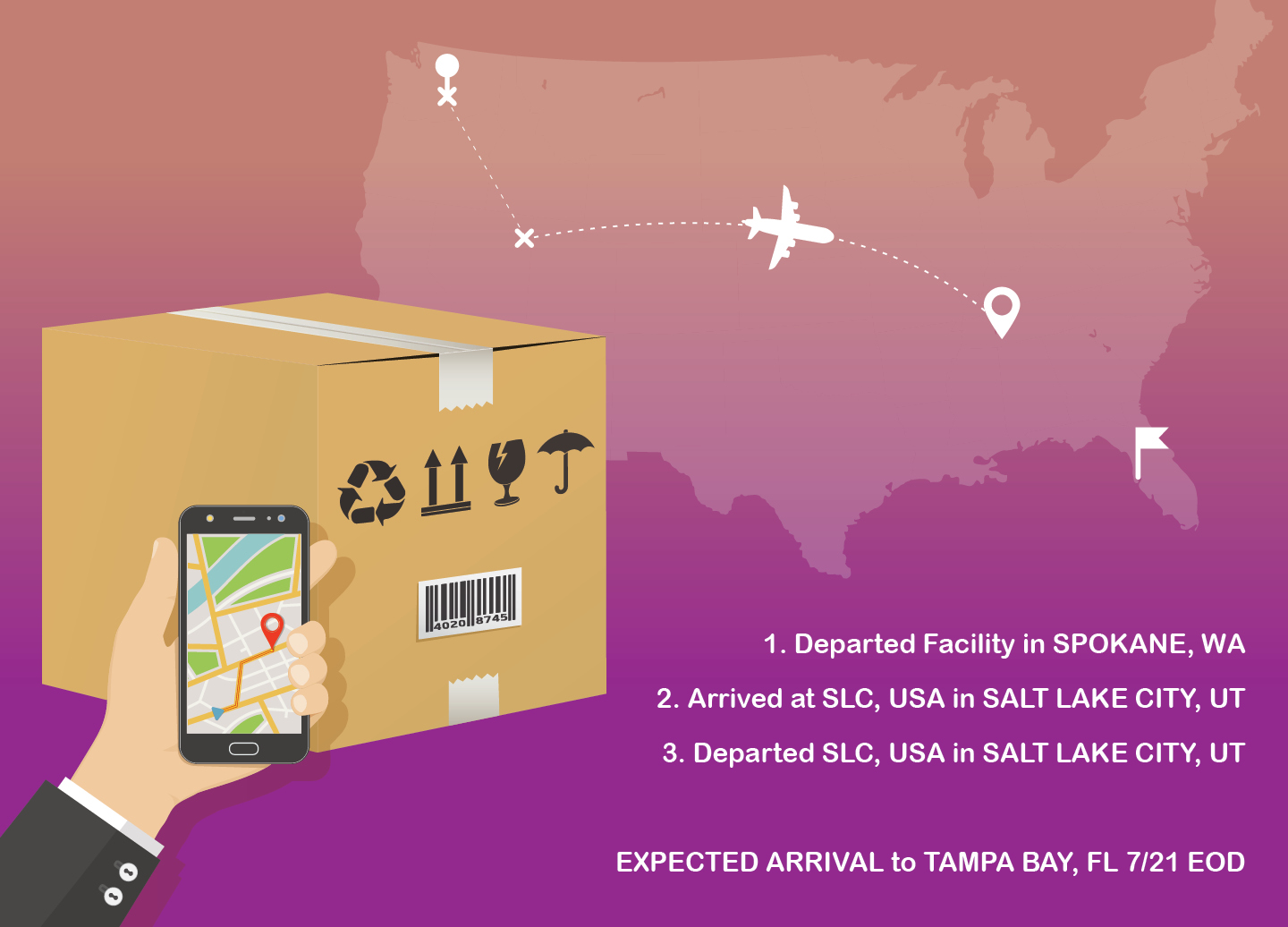The subscription e-commerce market has grown more than 100% YOY in the past five years – with more options being released continuously
Whether it’s sitting at the makeup counter and trying different products or strolling through the supermarket aisles trying to decide what to make for dinner this week, it’s no doubt to anyone how time-consuming shopping can be. Even if you know what you are looking for, finding parking and going through the hassle of shopping in a brick and mortar can be exhausting. This has caused many people to turn to online shopping for common necessities such as razor blades, beauty products, clothing and groceries. In fact, 15% of online shoppers have signed up for one or more subscriptions to receive products on a recurring basis.
The success of subscription boxes is no surprise. In 2010 when Katia Beauchamp and Hayley Barna noticed that beauty retail was under-represented on the internet, there was no such thing as a subscription box. “We wondered why it was so hard to find the best products,” says Beauchamp. “If you don’t obsess over beauty and don’t enjoy researching the latest launches, you still deserve to get the best stuff.” As a simple fix, her friend (and beauty editor) would choose products for her to try. “It was a lightbulb moment: if only we could all have a beauty editor best friend!” says Beauchamp. “So that inspired what the customer experience would look like.” A few months later, the makeup subscription service, Birchbox, was born.
Top 5 Subscription Boxes of 2019
Currently the top five subscription boxes are Amazon Subscribe & Save, Dollar Shave Club, Ipsy, Blue Apron and Birchbox. In the wake of these successful boxes, many more surfaced that were tailored toward different activities, pets, fandoms and hobbies. Hello Fresh and Plated deliver pre-packed ingredients that include a recipe and everything you need to execute a delicious meal down to pre-measured spices. Quip and Harry’s deliver you razorblades, shaving creams, toothpaste and new toothbrush heads. BarkBox, GroomBox and RescueBox supply monthly boxes of pet toys, shampoos, treats and puzzles. Ipsy, StitchFix and The Tie Bar all deliver fresh new beauty or clothing items each month to their subscribers. While each of these boxes has found a niche and dug in, they all have one thing in common: their fanbases are growing fast.
The number of available subscription boxes has risen over 40%, now including more than 3,500 different services. Nearly 47% of these boxes were created since 2017. In a market with so many competitors, these companies need to find a way to stand out. For example, Blue Apron opened the first-ever experiential retail pop-up shop in New York. There they offered events like cooking demos, and they plan to bring this idea to other cities across the country.
What Makes Subscription Boxes So Popular?
The online subscription market has doubled each year for five years now, with some of the largest players pulling in revenues as high as $2.6 billion in sales. “This is in response to a continued shift in (consumers’) buying habits,” Paul Chambers, cofounder of the one-year-old trade group Subscription Trade Association (yes, there’s now even a trade association, with 500-plus members), said in an interview. “Convenience is a big factor. We are seeing companies continue to find new ways to offer that.”
The active subscriber has an average of two subscriptions, while nearly 35% have three or more. Men are more likely than women to have three or more active subscriptions (42% versus 28%) suggesting that men value automated purchasing to save time by reducing store trips. Two catalysts for driving the growing rate of subscription box subscribers are saving time by reducing regular trips to the store, and price savings. Many of these boxes, including three of the top five (Birchbox, Ipsy and Dollar Shave Club) all have low monthly fees of only $10 or less. Others, like Blue Apron, have higher fee structures based on meals-ordered and frequency of delivery, therefore generating higher revenues on a smaller customer base. In 2017 Blue Apron’s average order value was $58, and the average revenue per customer was $245.
The strong growth of subscription boxes has caught the eye of many established consumer brand manufacturers who have attempted to enter the space themselves. Procter & Gamble started their own razor subscription called Gillette on Demand, Sephora has a makeup subscription box called Play!, and Walmart has Beauty Box. Unilever saw the immense success of startup Dollar Shave Club and bought them out for more than $1 billion. Or look at the $200 million+ deal that the grocery chain Albertsons completed to acquire meal-kit company Plated. Costco has even begun experimenting with selling Blue Apron kits in some of their megastores.
It may seem that the subscription box pool is getting a little too crowded – and it sure is filling up fast. US online visits to subscription box sites have skyrocketed in the last four years, to roughly 41.7 million visitors monthly. Saturated or not, the industry still attracts new attention daily with more personalized boxes and ever-competitive rates. Boxes like Stitch Fix tailor their clothing choices based on what you’ve previously kept and returned, making each box fit closer to your personal style. Kits like HelloFresh and Blue Apron let you choose your weekly meals based on diets, preferences and ingredients available.
The one overarching theme that customers want: a convenient customer experience.
Boxes that serve to replenish offer a sense of convenience to their customers; like not having to remember to pick up more toothpaste before you squeeze the last bit out. Even if part of the fun is not knowing what to expect, it’s still important to know when to expect it. Your new razors will be on your doorstep before you need them, maybe a new book will be delivered just before you wrap up the last one. Delivery is a key part of the customer experience that is too often overlooked.
Top Tips for Succeeding in the Subscription Industry
Tip 1: Optimize subscription box packaging
Don’t ship items in larger-than-necessary boxes. Today’s consumers deem this wasteful, and you’ll be paying $$$ to ship air. Invest in automated packaging.
Tip 2: Meet customer delivery promises
Convenience is the whole point. If customers have to spend time tracking down late or mishandled shipments, the benefit is lost. Invest in better shipping tools.
Tip 3: One size shipping and fulfillment solutions do not always fit all
What works for another company, might not work for yours. In other words, do what you do best, and listen to your customers in order to build the features that keep them coming back. Invest in your customers’ needs.
Why is Choosing the Right Shipping Carrier So Important?
When considering a service to utilize for your shipping needs, it’s important to consider a few things: cost, reliability, deliverability and ease of tracking access. For a subscription box, the shipping cost is usually going to be built into the overall price, therefore choosing a service with the lowest fees is important to both the company and the customer. However, the least expensive may not always be the best option. Some services, while less expensive, have limitations in the US and their tracking dashboard is clunky. Others have strong reliability and easy-to-use dashboards but are generally more expensive and have limitations like lack of delivery to P.O. boxes and longer ship times.
Of course it’s impossible to expect someone to check each subscription box address against each carrier each time to ensure that they’re getting the best deal – and that’s where rate shopping comes into play. Multi-carrier shipping software runs behind the scenes and does the legwork for you, saving you time and money. With Advanced Date Shopping, an advanced rate shopping algorithm, you can plan ahead and exceed delivery commitments by shipping out before deadlines and utilizing low-cost delivery.
Whether it’s an adventurous box with pre-measured ingredients to make that stellar weeknight meal, a fun box full of new treats and toys for pets, or something more practical like toothpaste or razor blades, consumers want their stuff on time. Subscription boxes have been solidifying their niche in the marketplace, and the convenience will keep us subscribing for more.

 Back to Blog
Back to Blog







